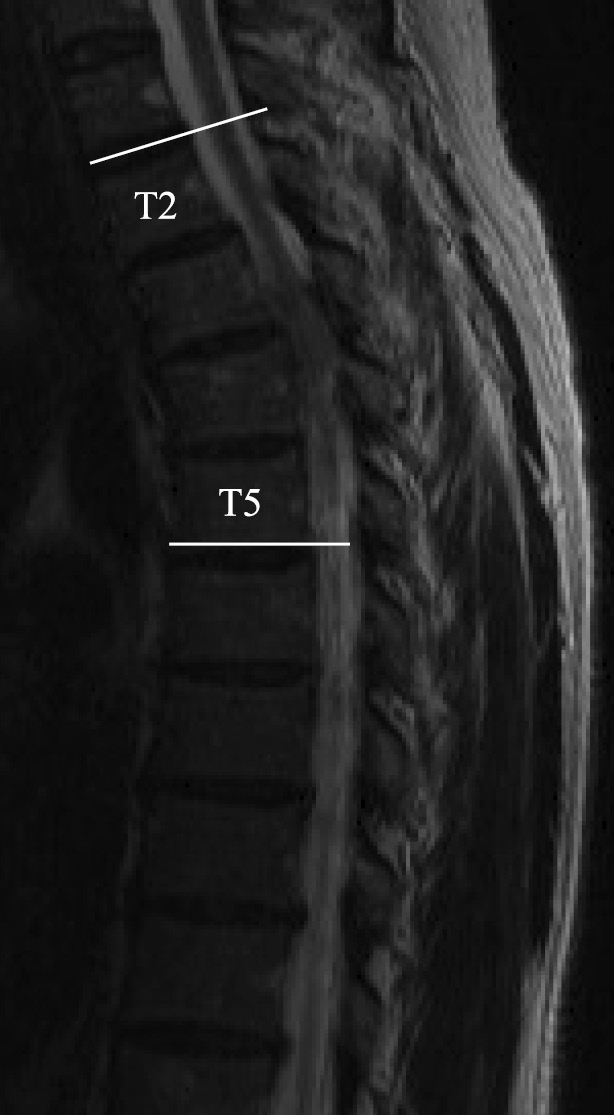-
Hideyuki Arima
Department of Orthopaedic Surgery, Hamamatsu University School of Medicine
-
Tomohiko Hasegawa
Department of Orthopaedic Surgery, Hamamatsu University School of Medicine
-
Yu Yamato
Department of Orthopaedic Surgery, Hamamatsu University School of Medicine Division of Geriatric Musculoskeletal Health, Hamamatsu University School of Medicine
-
Go Yoshida
Department of Orthopaedic Surgery, Hamamatsu University School of Medicine
-
Tomohiro Banno
Department of Orthopaedic Surgery, Hamamatsu University School of Medicine
-
Shin Oe
Department of Orthopaedic Surgery, Hamamatsu University School of Medicine Division of Geriatric Musculoskeletal Health, Hamamatsu University School of Medicine
-
Yuki Mihara
Department of Orthopaedic Surgery, Hamamatsu University School of Medicine
-
Hiroki Ushirozako
Department of Orthopaedic Surgery, Hamamatsu University School of Medicine
-
Tomohiro Yamada
Department of Orthopaedic Surgery, Hamamatsu University School of Medicine
-
Koichiro Ide
Department of Orthopaedic Surgery, Hamamatsu University School of Medicine
-
Yuh Watanabe
Department of Orthopaedic Surgery, Hamamatsu University School of Medicine
-
Keiichi Nakai
Department of Orthopaedic Surgery, Hamamatsu University School of Medicine
-
Kenta Kurosu
Department of Orthopaedic Surgery, Hamamatsu University School of Medicine
-
Yukihiro Matsuyama
Department of Orthopaedic Surgery, Hamamatsu University School of Medicine
2022 年 6 巻 1 号 p. 17-25
- Published: 2022/01/27 Received: 2021/04/26 Available on J-STAGE: 2022/01/27 Accepted: 2021/06/02 Advance online publication: 2021/08/23 Revised: -
(EndNote、Reference Manager、ProCite、RefWorksとの互換性あり)
(BibDesk、LaTeXとの互換性あり)



